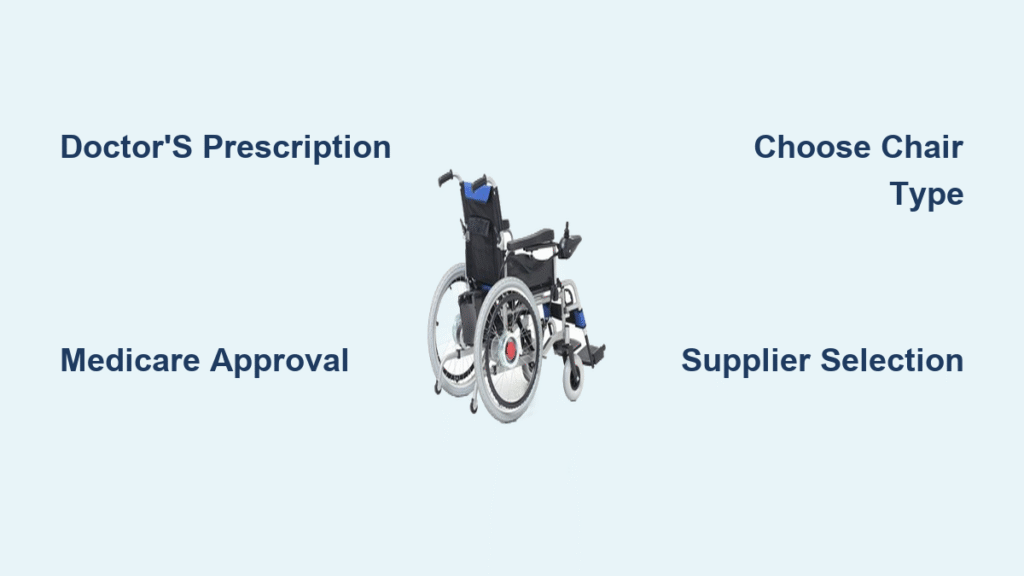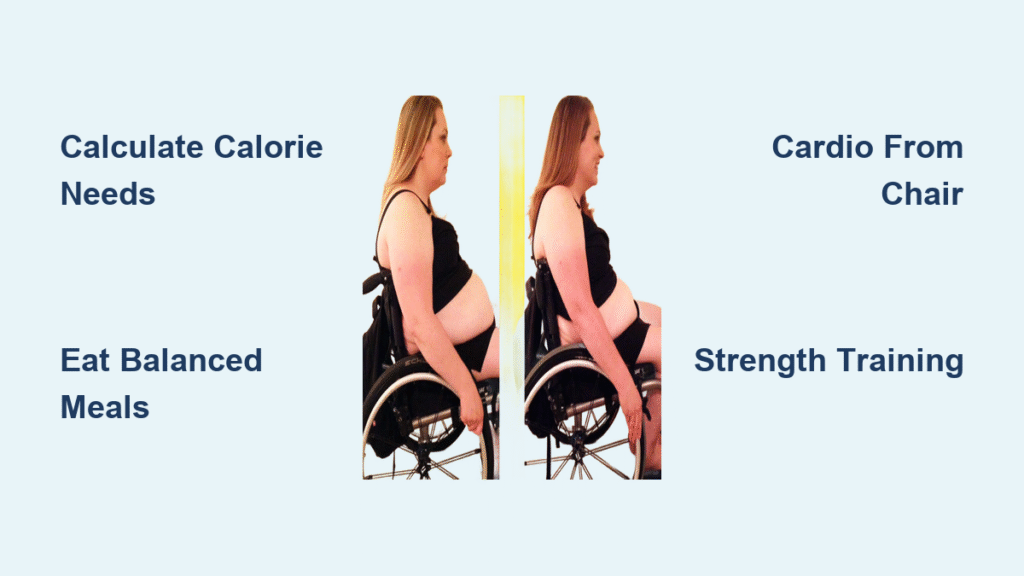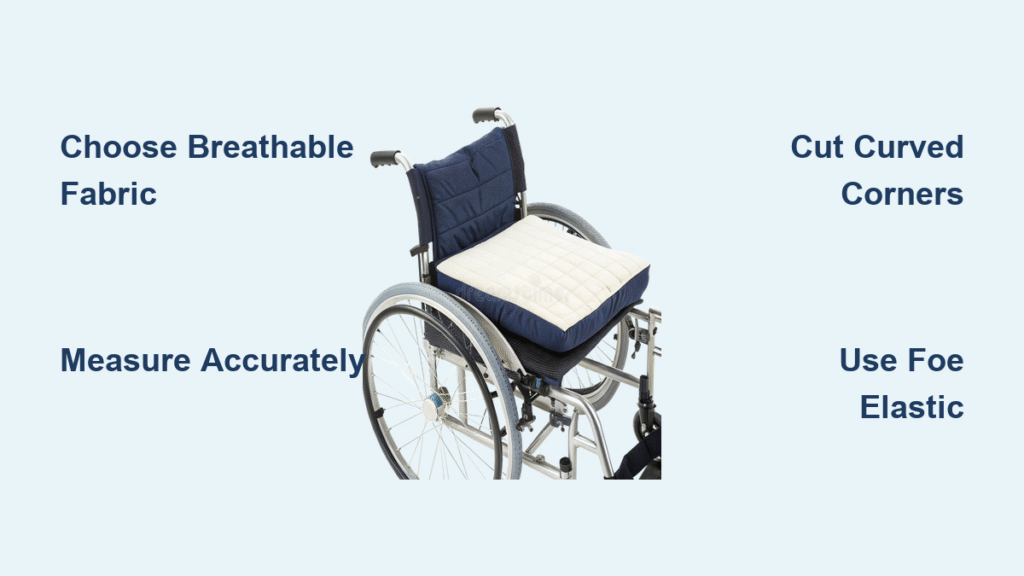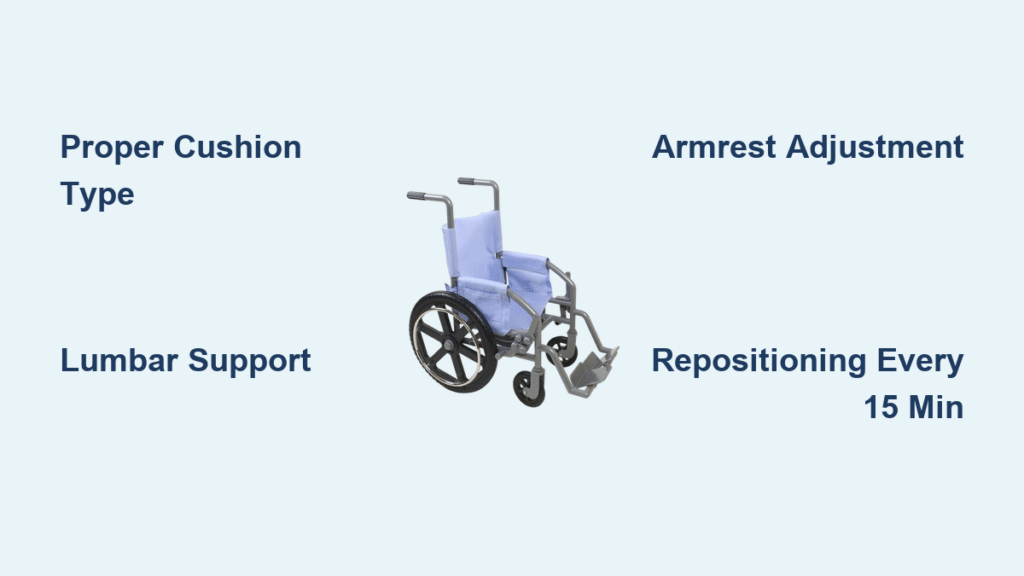Struggling with mobility makes simple tasks feel impossible—reaching the kitchen, visiting friends, or even stepping outside your front door. When your doctor suggests an electric wheelchair, relief mixes with anxiety: How do I actually get one? Between insurance hurdles, medical paperwork, and overwhelming model choices, the process stalls thousands of Americans yearly. But here’s the truth: 92% of eligible applicants secure coverage when they navigate the system correctly. This guide cuts through the confusion with step-by-step instructions from medical evaluation to driving your new chair home. You’ll learn exactly what Medicare requires, how to choose the right model for your lifestyle, and where to find funding when insurance falls short—all verified through official DME supplier data and government program guidelines.
Doctor’s Mobility Evaluation Essentials
Your doctor’s prescription isn’t just paperwork—it’s your golden ticket to insurance approval. Without a medically documented need, coverage gets denied 78% of the time. Start by scheduling a focused mobility assessment where you detail specific limitations: inability to climb stairs, fatigue after 50 feet of walking, or safety risks with manual wheelchairs due to arthritis or spinal injuries. Your physician must prove why alternatives like scooters or manual chairs won’t work, noting conditions like upper-body weakness or coordination issues. Bring home measurements (narrowest doorways, stair locations) and daily activity logs to strengthen your case.
Critical Prescription Requirements
Generic notes like “patient needs power chair” trigger automatic denials. Your prescription must specify:
– Exact chair category (lightweight travel, standard daily use, or heavy-duty)
– Seating dimensions (seat width based on hip measurement +1-2 inches)
– Required features (elevating leg rests, tilt/recline for pressure sores)
– Medical justification linking each feature to your diagnosis (e.g., “recline needed for spinal cord injury”)
Pro tip: Demand a “detailed written order” using Medicare’s Group 2/3 terminology. Suppliers need this to submit prior authorization—delays here add 3-4 weeks to your timeline.
Insurance Coverage Pathways That Actually Work

Medicare Part B Approval Blueprint
Medicare covers electric wheelchairs as Durable Medical Equipment (DME) but requires strict documentation. First, confirm your supplier is Medicare-accredited—use the official DME Supplier Directory. Then ensure these four boxes are checked:
1. Face-to-face exam within 6 months proving mobility impairment inside your home
2. Prescription stating why manual chairs/scooters are unsafe
3. Proof you can safely operate controls (joystick, switches)
4. Prior authorization submitted by your supplier
You’ll pay 20% coinsurance after the Part B deductible ($240 in 2024). Critical mistake: Suppliers often skip the “home mobility” requirement—insist they document your ability to navigate doorways and hallways.
State Medicaid Shortcuts
Medicaid coverage varies wildly—California covers full costs for SSI recipients while Texas requires $50 monthly co-pays. Bypass confusion by:
1. Calling your state Medicaid office directly (find contacts via medicaid.gov/state-overviews)
2. Asking specifically for “DME prior authorization forms”
3. Scheduling required PT evaluations immediately (waitlists hit 8+ weeks in Florida)
Urgent action: If denied, request a “fair hearing” within 10 days. 65% of appeals succeed when patients provide home video evidence of mobility challenges.
Private Insurance & Grant Workarounds
No government coverage? Target these fast-track options:
– Disease-specific foundations: MS Society grants ($500-$2,000) for documented mobility decline
– Local Lions Clubs: 80% fund chairs through community donations (apply via club locator)
– Scootaround’s loan closet: Free 30-day trials at Nashville, Las Vegas, and Seattle locations
– Goodwill medical bins: Check daily for donated chairs (inspect battery life and frame cracks)
Choose Your Chair Type by Lifestyle

Lightweight Travel Models (100-120 lbs)
Perfect if you live in tight spaces or fly monthly. These fold into car trunks and use FAA-compliant lithium batteries (like WHILL Model F’s 2.5-hour charge time). Expect 8-12 mile ranges—ideal for apartment dwellers but avoid gravel terrain. Key spec: Confirm seat width matches hip measurement +1 inch; too wide blocks narrow hallways.
Standard Daily Use Chairs (250-300 lb capacity)
The sweet spot for most users: Golden LiteRider Envy disassembles into four pieces (heaviest 36 lbs) while Pride Go-Chair handles grass and 5° inclines. Prioritize turning radius under 26 inches for home maneuverability. Warning: Avoid “standard” chairs under $1,700—they often use puncture-prone pneumatic tires instead of solid ones.
Heavy-Duty Bariatric Options (350-600 lb capacity)
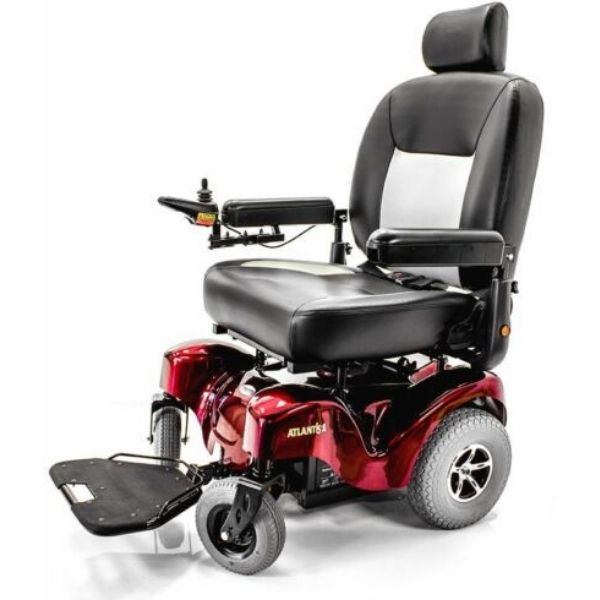
Reinforced steel frames (Merits Atlantis Heavy-Duty) conquer gravel and 8° slopes with high-torque motors. Essential if you weigh over 300 lbs—standard chairs strain on inclines, risking battery drain. Must-check: Swing-away joystick mounts for easier transfers and 30+ inch seat widths.
Supplier Selection Tactics That Save Time
Authorized Dealer Red Flags
Beware suppliers pushing “Medicare-approved” claims without accreditation. Only these channels guarantee white-glove delivery (assembly + training):
– Hoveround: Medicare’s largest supplier (1-800-964-6837); custom-builds in Florida but requires 8-week lead time
– Pride Mobility: 1,200+ dealers; call 800-800-4258 for same-day quotes but confirm local technician availability
– WHILL: Premium lightweight models; use dealer locator for hands-on demos
Critical step: Demand written quotes listing all costs—batteries, charger, delivery fees. Suppliers often hide $300+ add-ons.
Certified Pre-Owned Checklist
Used chairs save $1,000+ but require vigilance. At Scootaround’s Orlando or Las Vegas locations:
– Test drive for 15+ minutes to verify battery holds charge
– Inspect welds near motors for hairline cracks
– Confirm joystick responds smoothly (no jerking)
– Check tire tread depth—bald tires slip on wet surfaces
Never buy used chairs without seeing medical records proving prior owner’s weight was below capacity.
90-Day Acquisition Timeline
Follow this sequence to avoid 6-month delays:
1. Weeks 1-3: Complete doctor’s evaluation + obtain detailed prescription
2. Weeks 4-5: Verify insurance coverage with supplier (not your insurer—they often misquote)
3. Week 6: Submit prior authorization; track via Medicare’s Secure portal
4. Weeks 7-10: Receive delivery; insist on in-home training for controls and charging
5. Week 11: Register warranty immediately (most require 30-day sign-up)
Time-saver: Suppliers like Hoveround handle all Medicare paperwork—choose them to skip authorization delays.
Post-Delivery Must-Dos
Your chair becomes useless without these habits:
– Nightly: Plug in after use (lithium batteries degrade if left below 20% charge)
– Weekly: Wipe joystick with alcohol wipes; check tire pressure (solid tires lose grip when cracked)
– Monthly: Test braking by releasing joystick on slight incline—delayed stops mean controller issues
Troubleshooting hack: If range drops below 50% of original, replace batteries before the 1-year mark. Most warranties cover defects but not normal wear.
Getting an electric wheelchair shouldn’t feel like solving a puzzle. Start with a bulletproof doctor’s prescription specifying your exact chair type and features. Then partner with Medicare-accredited suppliers like Hoveround or Pride Mobility who handle insurance paperwork. Choose a chair matching your actual home layout—not showroom specs—and inspect used models for frame cracks and battery health. Most importantly: register your warranty within 30 days and charge nightly. Within 10 weeks, you’ll trade mobility anxiety for the freedom of driving through your front door again. Your independence journey begins with one call to your doctor—make it today.

